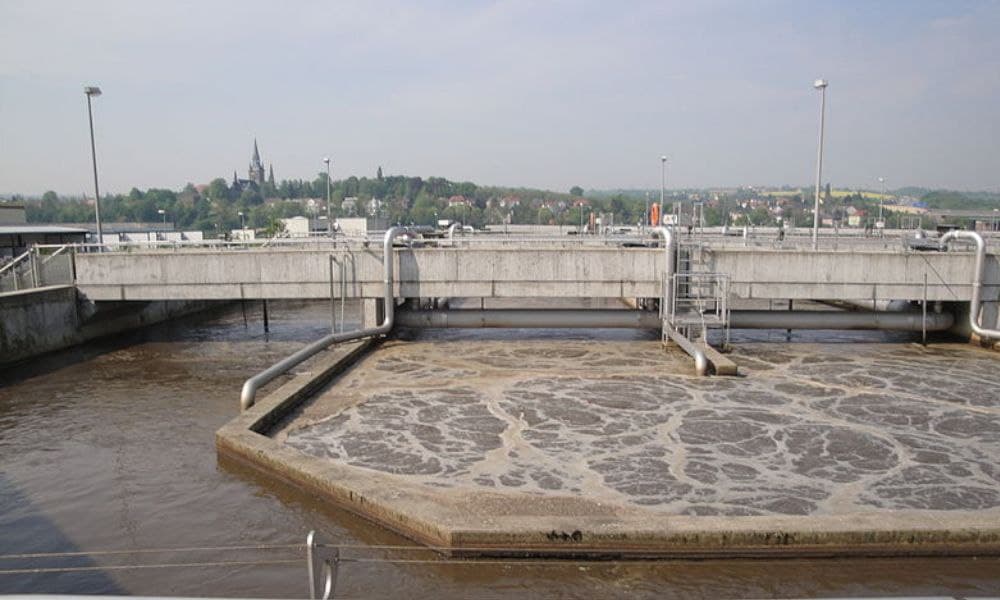
Image Credit: Wikimedia
Reuse Endlessly: Here Is How Resource-Starved Singapore Is Turning Sewage Into Ultra-Clean Water
Writer: Madhusree Goswami
A mountain girl trying to make it big in the city. She loves to travel and explore and hence keen on doing on-ground stories. Giving the crux of the matter through her editing skills is her way to pay back the journalism its due credit.
Others/World, 10 Aug 2021 1:58 PM GMT | Updated 10 Aug 2021 2:02 PM GMT
Editor : Ankita Singh |
A literature lover who likes delving deeper into a wide range of societal issues and expresses her opinions about the same. Keeps looking for best-read recommendations while enjoying her coffee and tea.
Creatives : Madhusree Goswami
A mountain girl trying to make it big in the city. She loves to travel and explore and hence keen on doing on-ground stories. Giving the crux of the matter through her editing skills is her way to pay back the journalism its due credit.
To reduce dependence on Malaysia for water supply, the government has developed an advanced system for treating sewage involving a network of tunnels and high-tech plants.
Singapore has little in terms of natural water resources. In fact, it has had to rely principally on supplies from its neighbour Malaysia. To reduce this dependence, the government has developed an advanced system for treating sewage involving a network of tunnels and high-tech plants.
As a result, recycled wastewater can now meet 40 percent of Singapore's water demand. And it is a figure that is expected to rise to 55 percent by 2060, according to the country's water agency. While most of the recycled water is utilised for industrial purposes, some of it is added to drinking water supplies in reservoirs in the city.
Low Pei Chin, Chief Engineer of the Public Utilities Board's water reclamation department, said, "Singapore lacks natural resources and it is limited in space, which is why we are always looking for ways to explore water sources and stretch our water supply."
'Collect Every Day And Reuse Endlessly'
A key strategy behind this initiative is 'collect every drop' and 'reuse endlessly'. The island nation's other approaches to securing water supplies are importing it, using reservoirs and desalinating seawater. And at the heart of the recycling system is the Changi Water Reclamation Plant on the city's eastern coast.
Bits and pieces of the facility are underground. Some are as deep as 25 stories and it is fed by wastewater that flows through a 48 km tunnel, linked to sewers. The site has a maze of steel pipes, tubes, tanks, filtration systems and other machinery, and can treat up to 900 million litres of wastewater a day.
Microchip Manufacturing Plants
In one building, a network of ventilators has been installed to keep the air smelling fresh. Sewage that arrives at the plant is subjected to an initial filtering process before powerful pumps send it flowing to facilities above ground for further treatment.
The treated water is then cleansed, with impurities like bacteria and viruses removed through advanced filtration processes, and disinfected with ultraviolet rays. The end product that is dubbed "NEWater", is mainly used in microchip manufacturing plants and for cooling systems in buildings. During the dry season, it is sent to top up several man-made reservoirs and, following further treatment, flows to people's taps.
Also Read: Necessity Is The Mother Of Innovation: Telangana Man Remodels Bike To Run On Electric Batteries
 All section
All section














